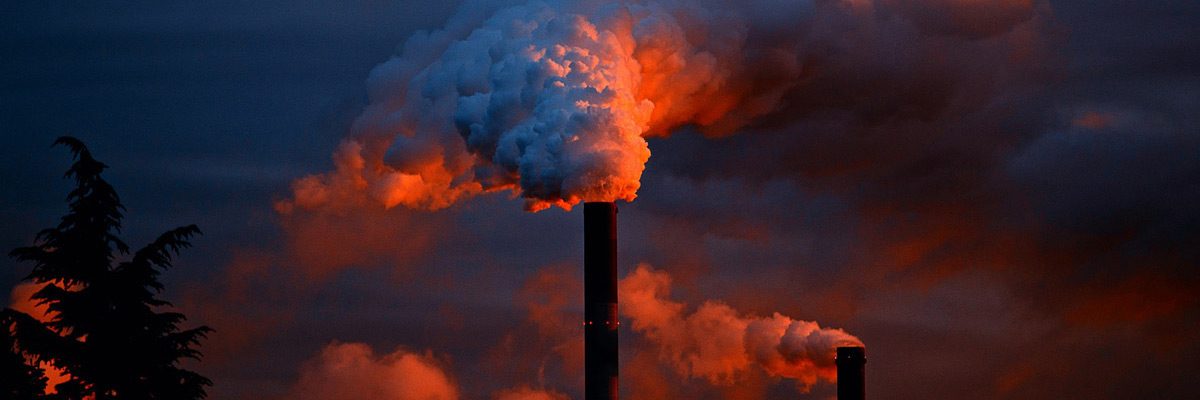The medical and healthcare industries use energy like there was no tomorrow. I estimate that the US could save at least 20% on its healthcare bills. For those of you in small towns…how much do you waste on driving to your doctor? Why don’t the hospitals put a telecommunications computer in your city or town hall? That way you can call in, get an appointment, walk down to City Hall and talk to your doctor. Even show him where you hurt. To say the medical community is stodgy is wrong…it is too smart for its own britches.
http://www.matmanmag.com/matmanmag_app/jsp/articledisplay.jsp?dcrpath=MATMANMAG/Article/data/11NOV2008/0811MMH_FEA_Purchasing&domain=MATMANMAG
The bright side of energy conservation
Using renewable sources saves money, reduces emissions
By Gina Pugliese and Nick DeDominicis
| QUICK TAKE>>> |
| Hospitals are behind other industries in employing energy conservation initiatives, including the use of renewable energy sources. But times are changing as they realize that wasted energy drains their bottom lines and that they have a responsibility to reduce their carbon footprint for the health of the environment and surrounding communities. Energy-saving initiatives require multidepartmental collaboration within a hospital; and materials managers need to ensure they are a part of that because their expertise can make a difference. |
 According to the Environmental Protection Agency (EPA), every dollar a not-for-profit health care organization saves on energy is equivalent to generating $20 in new revenue for hospitals or $10 for medical offices. So why aren’t all hospitals jumping into energy conservation with both feet? There are many reasons. But this is certain: Most hospitals recognize that energy conservation is a priority and are gradually realizing the benefits, both to their bottom line and the environment.
According to the Environmental Protection Agency (EPA), every dollar a not-for-profit health care organization saves on energy is equivalent to generating $20 in new revenue for hospitals or $10 for medical offices. So why aren’t all hospitals jumping into energy conservation with both feet? There are many reasons. But this is certain: Most hospitals recognize that energy conservation is a priority and are gradually realizing the benefits, both to their bottom line and the environment.
On impact
Energy issues have an impact on virtually every aspect of health care. Demands for energy and the costs for providing it, are escalating rapidly. And those costs are not confined to higher utility, transportation and supply bills, but also the gradual destruction of the environment. Our nation’s dependence on fossil fuels has led to a documented rise in global warming caused by greenhouse gas emissions, as well as potentially negative health consequences for patients and workers.
Demand for energy is soaring across all sectors of the American economy. In fact, a recent Department of Energy survey of 20 major companies concluded that global demand for energy resources will rise dramatically—nearly 60 percent—throughout the next 25 years.
Senior executives from 20 major companies attending a 2007 workshop hosted by the EPA and Global Business Network estimated that electricity demand in the United States alone will grow by at least 40 percent throughout the next 25 years, requiring at least 300 power plants to be built over that time. Such demands have led to an unprecedented rise in energy costs, which have surged dramatically and put a significant financial strain on hospitals. In some areas of the United States, energy costs have grown by more than 60 percent in the past few years.
The Energy Information Administration’s data show that the health care industry spends an estimated $7.4 billion on energy ($5.3 billion for inpatient and $2.1 billion for outpatient facilities). More than 90 percent of hospitals surveyed recently by Healthcare Financial Management magazine reported higher energy costs over the previous year, and more than half cited double-digit increases.
Greenhouse gas (GHG) emissions result from our nation’s reliance on nonrenewable sources of energy—fossil fuels, coal, oil and natural gas—that accelerate global warming and climate change; and there is much debate about how to curb such trends. GHG emissions, which include carbon dioxide, methane and nitrous oxide, also are increasingly linked to a host of serious public health consequences such as depletion of our planet’s fresh water supply and respiratory ailments.
Conservation now
Health care is a veritable energy hog. Whether from heating and cooling air and water, lighting spaces or transporting goods and services, the industry is heavily reliant on energy from mostly conventional nonrenewable sources.
According to the EPA, inpatient health care is the second most energy intensive industry in the United States (second only to the food service industry), gobbling up more than twice as much energy per square foot as nonhealth care office buildings. Buildings alone are responsible for almost half of the energy consumed in the United States and 48 percent of all GHG emissions. Hospitals alone use 836 trillion British thermal units (BTUs) of energy annually, have more than 2.5 times the energy intensity and CO2 emissions of commercial office buildings and are consistently within the top 10 water users in their communities.
Second, the calls for change are based on economic survival. Energy costs are soaring in the health care industry. A recent Department of Energy report found that rising energy prices and hospitals’ increasing energy demands have escalated costs so much that hospitals’ energy bills consume up to 3 percent of their total operating budgets, and up to at least 15 percent of their annual profits. Such phenomena are exacerbated by the added cost of running outdated and energy inefficient building systems.
Third, calls for energy conservation in health care are becoming louder because of hospitals’ ethical duty to protect public health. Many observers believe that the health care industry contributes disproportionately to the detrimental public health consequences of climate change. To keep true to its mandate—first, do no harm—hospitals today increasingly are turning their attention to change practices that can potentially jeopardize patient and worker safety. Increasing public concerns about climate change and its potential health, economic and security consequences are helping to shape the industry’s attitude toward climate change.
:}
dot dot dot…as they say…the headlines say it all:
:}
Behind the times
Although hospitals lag behind other industries in implementing energy-efficient strategies, there are numerous national initiatives focusing on health care, including a two-year-old initiative called E2C (Energy Efficient Challenge) that was launched by the American Society for Healthcare Engineering (ASHE) to support the goals of EPA’s Energy Star Challenge Program, says Dale Woodin, ASHE executive director. Woodin explains that this lag is often due to the lack of available capital, expertise and resources, and a need for greater awareness and support from senior health care leaders.
Health care companies in general also spend a smaller portion of their total expenses on energy, meaning fewer dollars are available to make far-reaching improvements. Rising energy costs are squeezing operating margins and diverting money needed for critical health care quality and safety improvements.
In essence, the primary driver is saving money. According to the American College of Healthcare Executives, 67 percent of health care CEOs list financial challenges as their No. 1 concern. However, operating costs and competition for investment and capital improvement funds often restrict available funding for energy improvements.
In addition, alternative energy sources have traditionally been scarce and expensive. For example, only 7 percent of the entire U.S. energy consumption is from renewable energy sources, including biofuels such as ethanol, solar, hydroelectric and wind power.
The health care industry is less open than other industries to the use of renewable energy sources, and few health care organizations have publicly stated carbon reduction goals.
A recent Johnson Controls survey of various industries found that only 38 percent of health care organizations had either invested in or were exploring renewable technologies, compared with 68 percent across other industries.
Catching up
Recently, the health care sector has begun to transform its core practices in response to the scientific confirmation of the link between climate change and health. Health care organizations are placing a growing importance on initiatives such as energy management, and while they are less likely than other industries to achieve green certification, they are more likely to implement green features without pursuing formal certification.
:}
Physician heal thyself.







 The choice was not difficult. The scariest polluter in the U.S. is Don Blankenship, CEO of Massey Energy. The guy is evil, and I don’t use that word lightly.
The choice was not difficult. The scariest polluter in the U.S. is Don Blankenship, CEO of Massey Energy. The guy is evil, and I don’t use that word lightly.

 According to the Environmental Protection Agency (EPA), every dollar a not-for-profit health care organization saves on energy is equivalent to generating $20 in new revenue for hospitals or $10 for medical offices. So why aren’t all hospitals jumping into energy conservation with both feet? There are many reasons. But this is certain: Most hospitals recognize that energy conservation is a priority and are gradually realizing the benefits, both to their bottom line and the environment.
According to the Environmental Protection Agency (EPA), every dollar a not-for-profit health care organization saves on energy is equivalent to generating $20 in new revenue for hospitals or $10 for medical offices. So why aren’t all hospitals jumping into energy conservation with both feet? There are many reasons. But this is certain: Most hospitals recognize that energy conservation is a priority and are gradually realizing the benefits, both to their bottom line and the environment.
 ABOUT GREEN MEDICINE
ABOUT GREEN MEDICINE